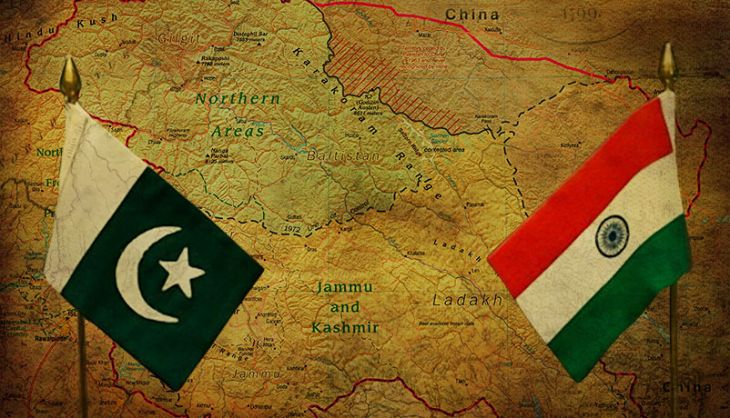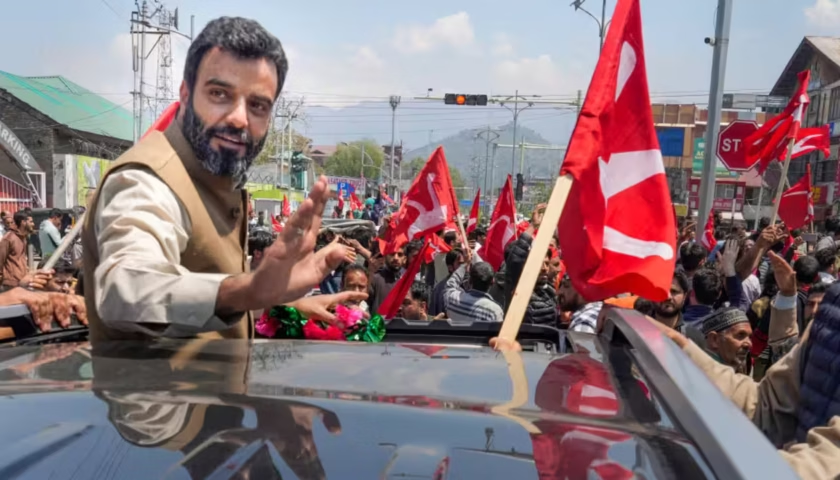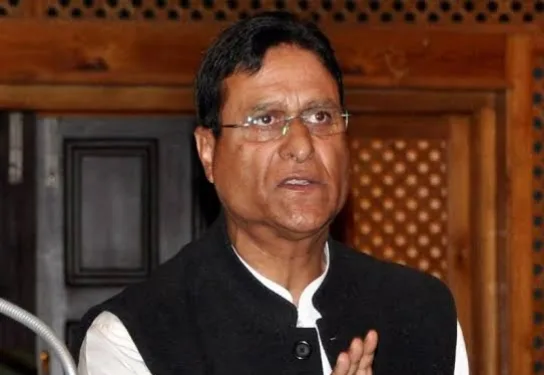A Region Torn by History & Tensions
The India-Pakistan conflict over Kashmir remains one of the most dangerous, complex, and longstanding geopolitical struggles in the world. With territorial disputes dating back to 1947, the region has witnessed wars, insurgencies, ceasefire violations, and diplomatic failures—making it a global flashpoint with severe security implications.
Beyond the military confrontations, Kashmir’s conflict has deeply affected millions of civilians, leading to mass displacement, economic instability, and humanitarian crises. The stakes are high, especially considering that both India and Pakistan possess nuclear capabilities.
This article explores the historical evolution, political significance, military strategies, humanitarian impact, and peace efforts tied to Kashmir’s conflict—offering a comprehensive breakdown of the crisis.
The Historical Roots: How Kashmir Became a Disputed Territory
Partition of British India (1947) & Kashmir’s Accession
- Kashmir was a princely state under Maharaja Hari Singh, who initially wished to remain independent.
- Pakistan-backed tribal forces invaded Kashmir, prompting Hari Singh to seek military help from India.
- Hari Singh signed the Instrument of Accession, officially making Kashmir a part of India.
- Pakistan rejected the accession, leading to the First Indo-Pak War (1947-1948).
First Indo-Pak War & Birth of the Line of Control (LoC)
- India and Pakistan fought for control of Kashmir, leading to a stalemate.
- United Nations intervened, brokering a ceasefire in 1949.
- The LoC was established, splitting Kashmir into Indian-administered Jammu & Kashmir (J&K) and Pakistani-administered Azad Kashmir & Gilgit-Baltistan.
- Kashmir remained a disputed territory, fueling future wars.
The partition-era developments planted the seeds of distrust, shaping decades of military and political tensions between the two nations.
Why Is the Conflict So Serious?
Nuclear Dimensions & Military Clashes
- Both India & Pakistan possess nuclear weapons, making the conflict extremely volatile.
- Ceasefire violations along the LoC are common, resulting in casualties on both sides.
- Border skirmishes involve heavy artillery fire, disrupting life in border towns.
- Terrorist insurgencies & counter-insurgency operations contribute to instability.
Geopolitical Implications: Why the World Watches Closely
- Kashmir sits between India, Pakistan & China, making it a strategic hotspot.
- China has territorial claims in Ladakh, complicating diplomatic engagements.
- The US, Russia, and UN closely monitor developments, fearing regional escalation.
The combination of nuclear capabilities, military confrontations, and external influences makes Kashmir one of the most dangerous regions in the world.
Recent Escalations: The New Face of Conflict
Operation Sindoor (May 2025)
- India launched airstrikes on terror camps in Pakistan & Pakistan-occupied Kashmir (PoK).
- Targets included militant hideouts linked to cross-border terrorism.
- Pakistan responded with drone & missile strikes, claiming India targeted its airbases.
- Military engagements intensified, prompting a global call for de-escalation.
Drone Warfare: A New Era in India-Pakistan Battles
- Drones have replaced traditional combat tactics, offering stealth attacks & real-time intelligence gathering.
- Both nations accuse each other of aerial incursions, marking a shift in warfare strategies.
- Air defense systems now play a crucial role, determining battle outcomes.
Ceasefire Attempts: Diplomatic Efforts Under Strain
- The US mediated a temporary ceasefire, urging de-escalation efforts.
- China, Russia & UN called for restraint, fearing global economic & security impacts.
- Despite diplomatic interventions, ceasefire violations continue, leaving peace uncertain.
The evolving military technologies & failed ceasefires indicate a more unpredictable future for Kashmir.
Humanitarian Consequences: Civilians in the Crossfire
Mass Displacement & Refugee Struggles
- Thousands of families have fled border villages, seeking safety in cities like Jammu & Srinagar.
- Emergency shelters house displaced civilians, yet aid shortages remain critical.
- Humanitarian organizations push for intervention, highlighting the cost of war on civilians.
Impact on Economy & Daily Life
- Markets suffer as trade routes close, cutting supplies for border towns.
- Tourism—Kashmir’s economic backbone—is collapsing, affecting thousands.
- Educational institutions shut down, halting academic progress for students.
While military operations dominate headlines, the silent struggle of civilians often goes unheard.
Future Scenarios: What Comes Next for Kashmir?
Possible Resolutions & Risks
- Diplomatic negotiations may lead to short-term stability, but long-term solutions remain elusive.
- Military escalation remains a possibility, with drone warfare pushing new battle strategies.
- Economic recovery will take years, especially if tourism remains affected.
Will Peace Ever Prevail?
- Political efforts continue, but both sides remain deeply divided on territorial claims.
- Regional alliances with China & Russia add new complexities to peace talks.
- For Kashmir’s residents, survival outweighs politics, making the future uncertain.
Kashmir stands at a crossroads, with war and diplomacy competing to shape its destiny.
Bottom-Line: The High-Stakes Conflict Continues
The India-Pakistan conflict over Kashmir is far more than a border dispute—it is a humanitarian crisis, a geopolitical flashpoint, and a military challenge all rolled into one.
As violence surges, diplomatic efforts falter, and civilians endure the brunt of instability, the world anxiously waits to see whether peace can ever be achieved. Until then, Kashmir remains a valley in turmoil, caught between past wounds and an uncertain future.




